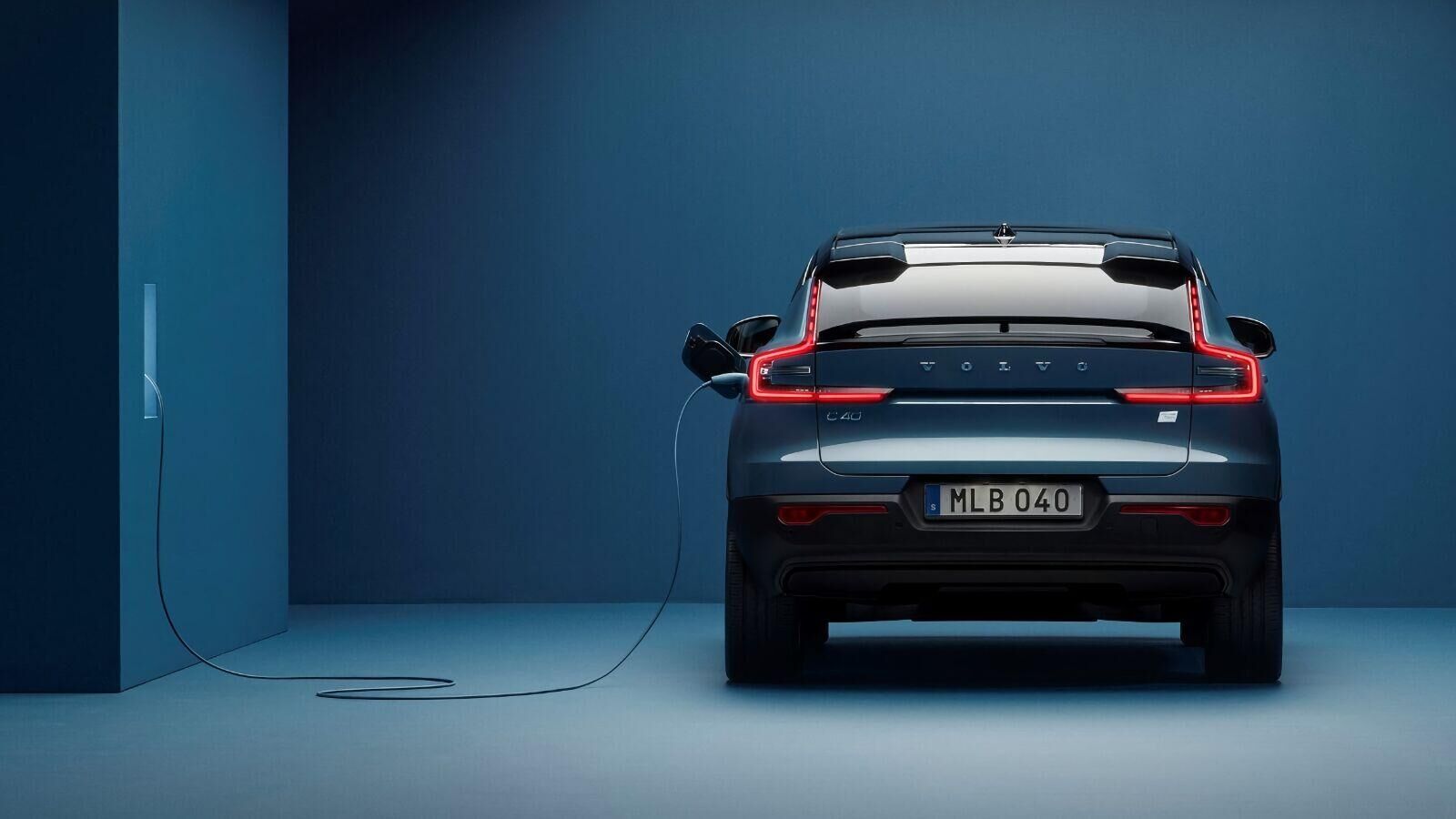The Federal Tax Credit for Electric Vehicles, Explained
Published 6:43 pm Friday, July 23, 2021
By Sebastian Blanco
The federal income tax credit can reduce the price of an electric vehicle by $7,500, but you need to owe at least that much in taxes in order to get the full amount. (Volvo Car USA)
Trending
For the last decade or so, the U.S. Federal government has offered financial incentives for people who buy or lease electric vehicles. The basics are simple: if the vehicle plugs in and has a battery pack of at least 4 kWh, you can get a credit worth up to $7,500 on your tax return the following year. The specifics, though, mean that it can be hard to calculate exactly how much money you will get, or if you will get any money at all.
One thing you need to know is that once an automaker sells 200,000 qualifying EVs, its vehicles no longer qualify for the credit. EVs from the affected automaker enter a phase-out process with a progressively lower credit beginning with the second calendar quarter after the 200,000 limit is reached.
The feds started counting EV sales on January 1, 2010, and so far, only two automakers, Tesla and General Motors, have reached this limit. Today, their EVs do not come with any federal tax credit, which means they must lower the prices of their electrics to remain competitive. With 134,195 cumulative sales as of mid-2021, Ford is likely to be the next automaker to reach the phase-out, followed by BMW (118,119 sales). Both automakers have moved plenty of plug-in hybrids over the years.
Let’s use a real-world example to see how the tax credit can affect the price of a new plug-in vehicle. Volvo’s new C40 Recharge has a starting price of $58,750. If you qualify for the full tax credit, then the price drops by $7,500 to become $51,250, before destination fees, taxes and other options.
The C40 Recharge’s price of just under $60,000 is set to ensure it qualifies for certain state-level benefits. In California, for example, EVs that cost less than $60,000 are eligible for a $2,000 clean-vehicle rebate. This benefit stacks atop the federal tax credit to shave up to $9,500 off of the price.
Trending
Additionally, you need to know that the federal tax credit does not apply to used vehicles. Also, in order to qualify for the tax credit, you have to owe taxes in the first place, otherwise there’s nothing to get a credit for. This also means that you have to pay for the full price for the EV up front and then get a reduction in your tax burden the next time April 15 rolls around.
A fair number of EV advocates would like the tax credit to be changed to a simpler, point-of-sale rebate. Changing this rule has been discussed by various lawmakers and brings up a last caveat. All of this information is subject to change, especially given recent negotiations happening in Washington regarding President Biden’s various infrastructure plans, which do take a look at various ways to encourage electric vehicle adoption, including adding used EVs to the tax credit and ending or changing an automaker’s 200,000 sales limit.






